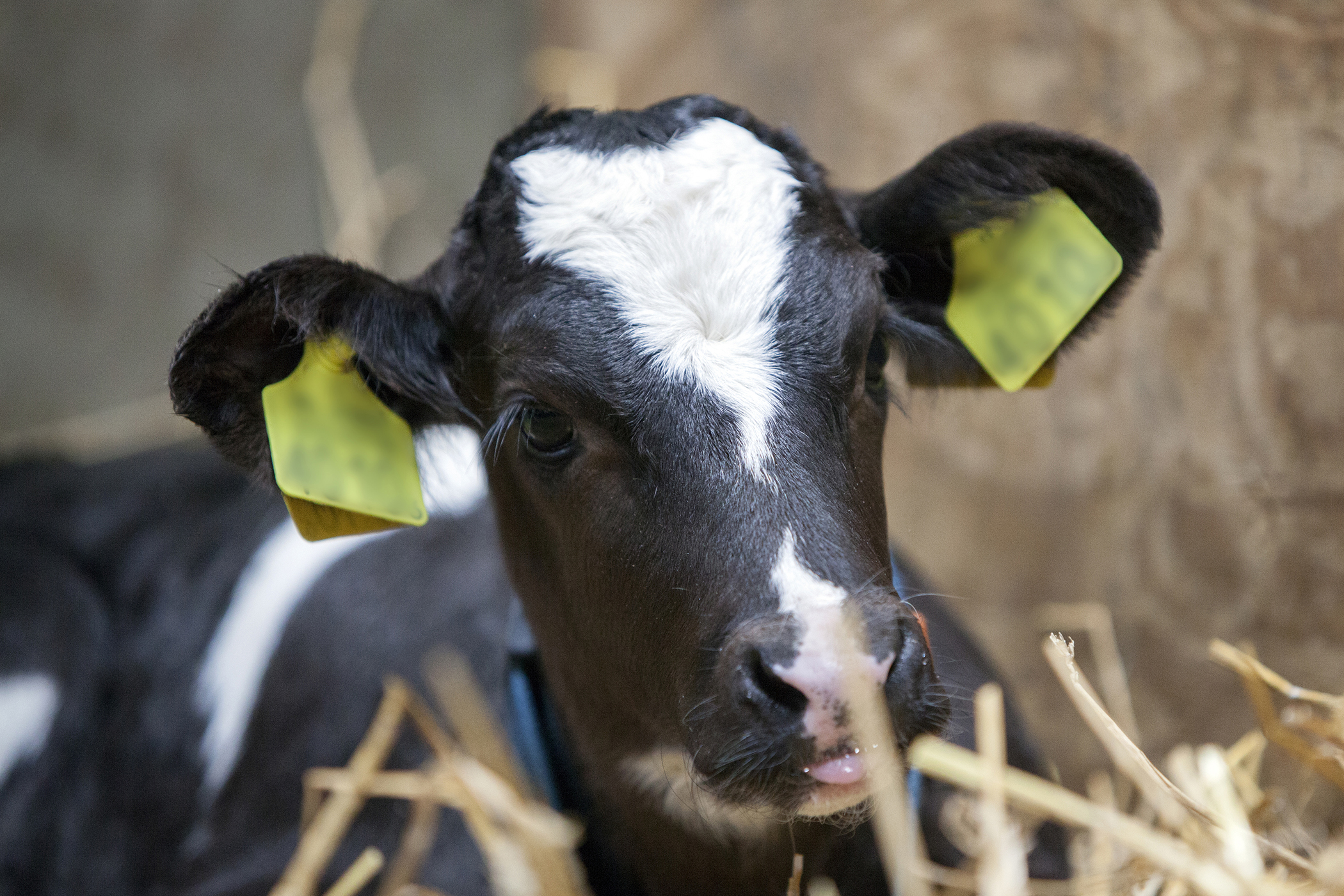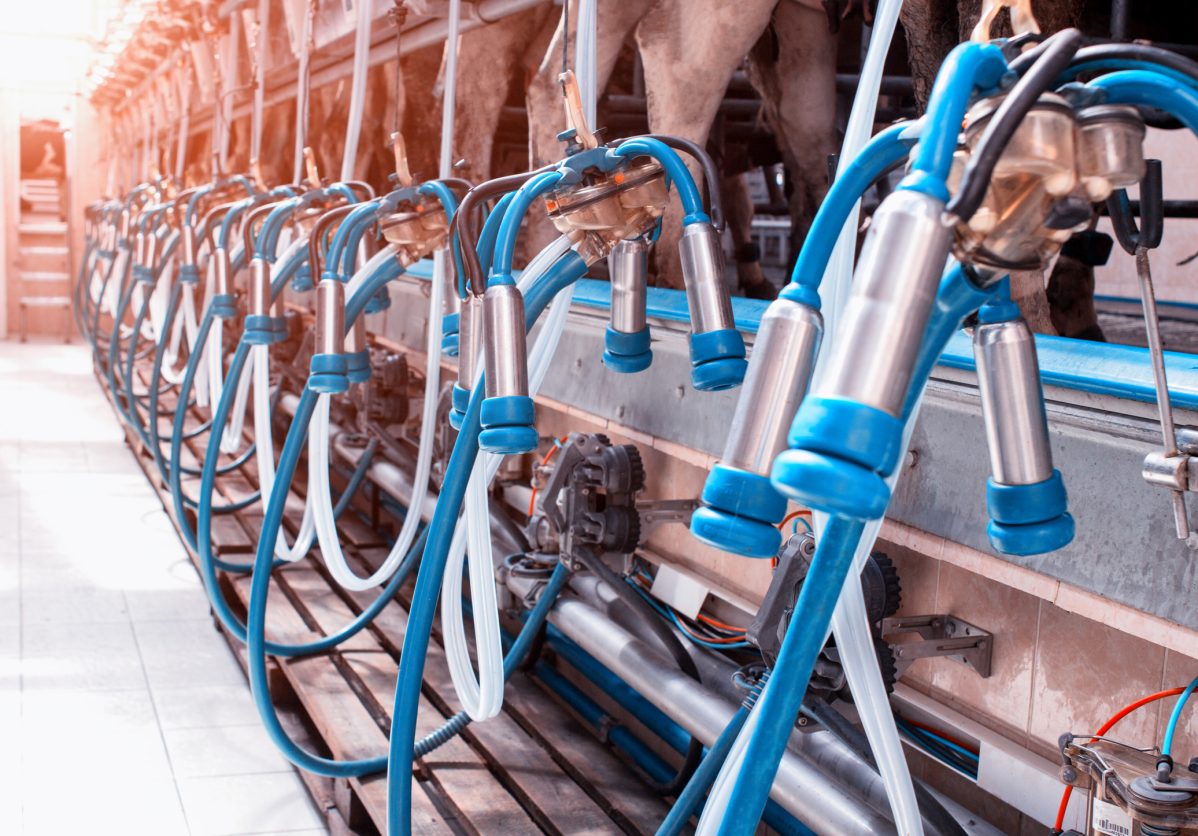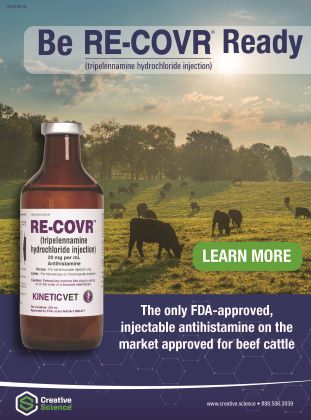Articles

Milk Sustainability Center – Regional Expansion and New Strategic Partner John Deere
OLATHE, Kansas (September 12, 2025) — Today, John Deere (NYSE: DE) and DeLaval announce the Milk Sustainability Center expansion to dairy farmers in more countries and welcome dsm-firmenich as the next Strategic Partner. Designed to enhance the efficiency and sustainability of dairy farming operations, the Milk Sustainability Center offers a unique solution by integrating data […]
READ MORE
Purina® CX8™ Additive Technology Unlocks Reproductive Potential in Beef Cattle
ARDEN HILLS, Minn. (Sept. 4, 2025) — Purina Animal Nutrition, an innovative leader in animal nutrition, is driving the success of reproductive health in beef cattle through the launch of CX8™, an additive technology designed to optimize reproductive performance for beef producers utilizing advanced reproductive technologies such as artificial insemination, embryo transfer and semen collection. Purina’s […]
READ MORE
John Deere Launches the New V452M Round Baler, Built for Productivity
Purpose-built for high-volume operations demanding density and automation OLATHE, Kansas (Sept. 2, 2025) – John Deere (NYSE: DE) today announced the introduction of the V452M round baler to the North American lineup. This provides enhanced productivity and precision to larger-scale hay and forage operations. The V452M headlines the newly updated lineup of VR and CR […]
READ MORE
Upgrading Dairy Parlors
Upgrading Dairy Parlors Traditional dairy parlors are the roots of the dairy industry. These systems were the backbone of dairy farms for generations, and they were characterized by their simplicity, labor-intensive nature, and a strong connection between the farming family and their animals. A traditional parlor system consists of a long barn with a central […]
READ MORE



